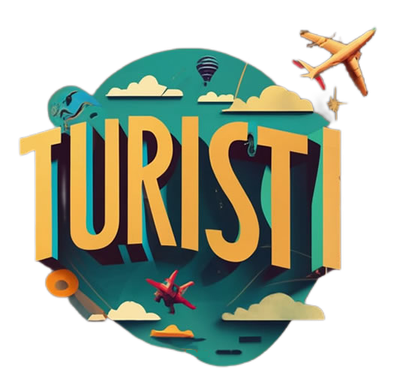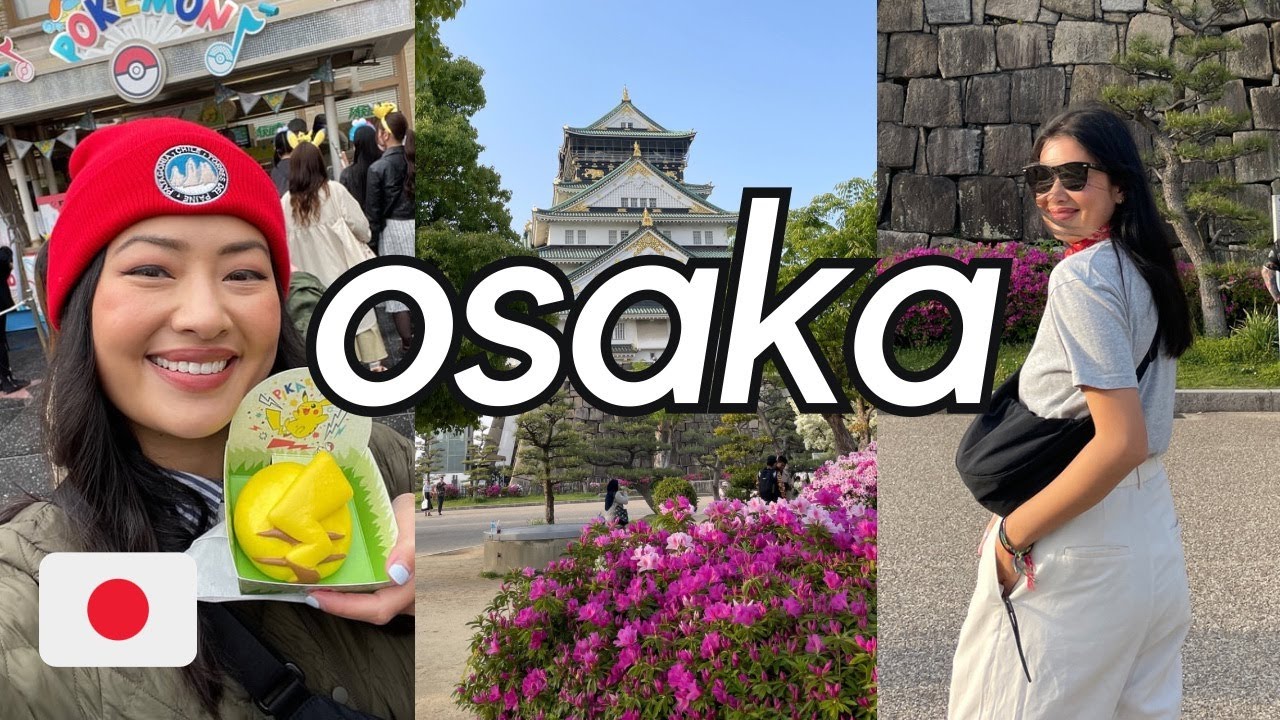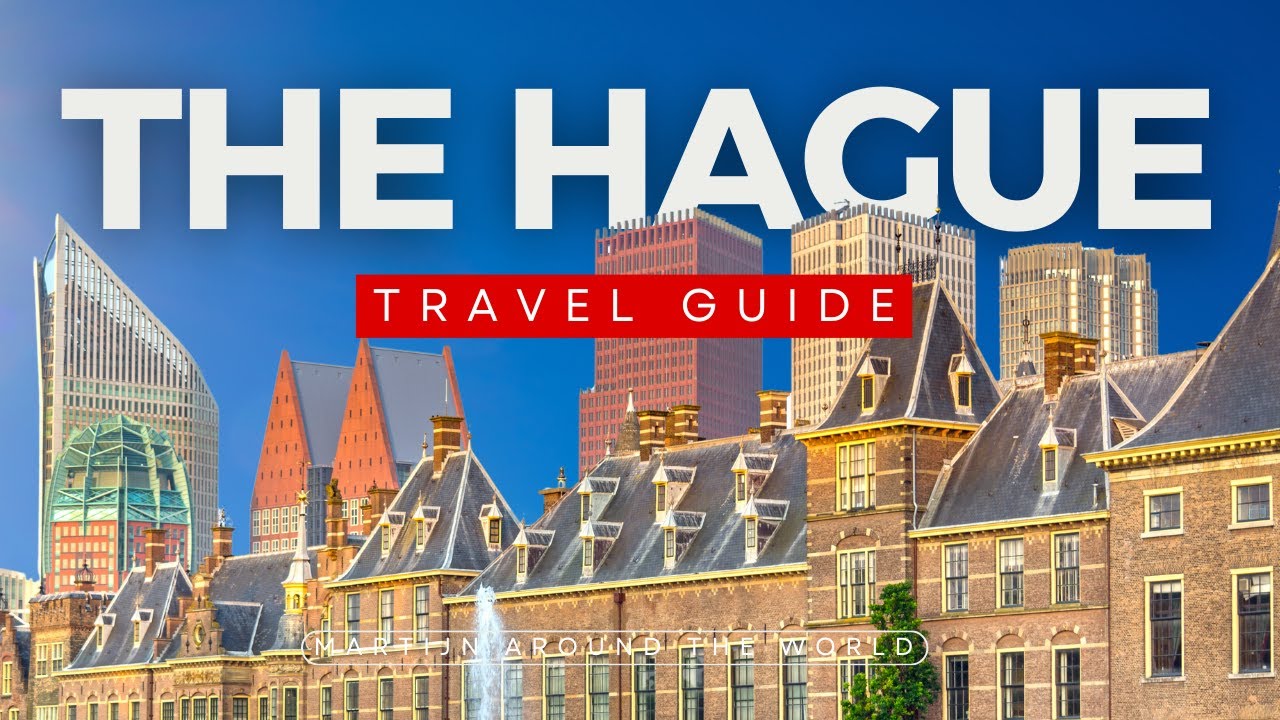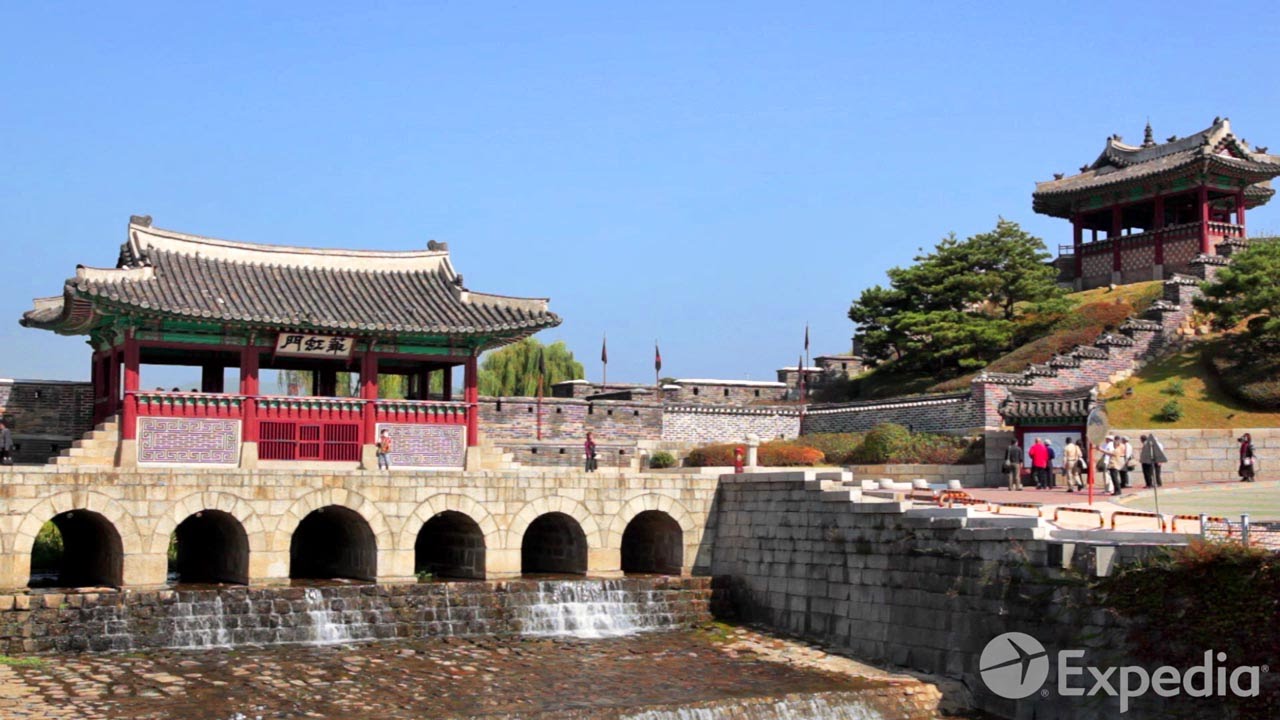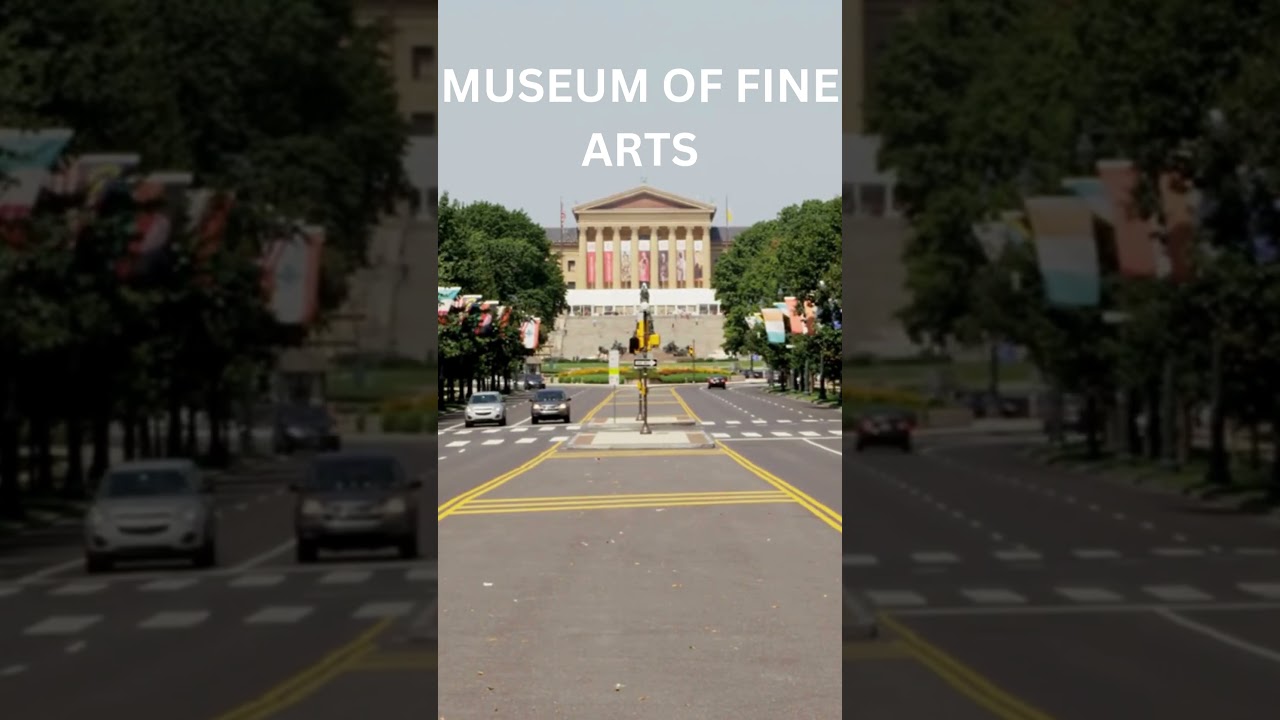The City of Light glows as bright as ever as the most visited city in the world. Follow us on our journey through Paris and see why …
🇫🇷 PARIS: The Ultimate Vacation Travel Guide
Paris, the “City of Light” (La Ville Lumière), is synonymous with romance, world-class art, culinary excellence, and timeless elegance. From iconic monuments to charming, hidden side streets, here is your comprehensive guide to planning an unforgettable trip to the French capital.
1. When to Go: The Best Time to Visit
| Season | Months | Climate & Why You Should Go |
| Spring (Best) | April to June | Mild, beautiful weather ($15^\circ\text{C}$ to $20^\circ\text{C}$), blooming gardens, and long daylight hours. Perfect for walking and terrace dining. |
| Autumn (Great) | September to October | Crisp, comfortable weather ($15^\circ\text{C}$ to $22^\circ\text{C}$), beautiful fall foliage, and fewer crowds than summer. |
| Summer (Peak) | July to August | Warm to hot ($20^\circ\text{C}$ to $30^\circ\text{C}$) and very crowded. Ideal for long days of sightseeing, but accommodation is expensive. |
| Winter (Quiet) | November to March | Cold ($5^\circ\text{C}$ to $10^\circ\text{C}$), often rainy, but very quiet. Excellent for museums, shopping, and experiencing Christmas markets. |
2. Getting Around Paris
Paris has one of the world’s most efficient public transport systems.
-
Metro: The quickest way to get anywhere. Purchase a Navigo Découverte weekly pass (if staying 5+ days, Sun-Thu) or a T+ Carnet (a pack of 10 single paper tickets) for convenience.
-
RER: Express suburban trains that cut across the city (useful for getting to the airport, Versailles, or Disneyland).
-
Bus: A scenic way to travel, though often slower due to traffic.
-
Walking: Paris is highly walkable, especially along the Seine and within central arrondissements (districts).
Arrival from Airports (CDG & ORY):
-
Charles de Gaulle (CDG): Use the RER B train for a quick, affordable, and direct link to central stations like Gare du Nord.
-
Orly (ORY): Use the OrlyBus or the OrlyVal automated metro connection to the RER B.
3. Top Attractions & Things to Do
A. Iconic Monuments (The Must-Sees)
-
Eiffel Tower (Tour Eiffel): The symbol of Paris. Book tickets well in advance to take the elevator or stairs to the summit. For the best photo, visit the Trocadéro across the Seine.
-
Louvre Museum: Home to masterpieces like the Mona Lisa, Venus de Milo, and the Winged Victory of Samothrace. Tip: Book tickets online and enter through the less crowded Carrousel du Louvre entrance.
-
Notre Dame Cathedral: Currently undergoing restoration after the 2019 fire, but its exterior and surrounding square (Point Zéro) are still essential viewing.
-
Arc de Triomphe: Climb to the top for a spectacular view down the 12 avenues radiating from it, including the Champs-Élysées.
-
Palace of Versailles: While technically outside Paris, this palace (accessible via RER C) and its magnificent gardens are a necessary day trip.
B. Art, History, and Culture
-
Musée d’Orsay: Housed in a former train station, this museum features an incredible collection of Impressionist and Post-Impressionist art (Monet, Degas, Van Gogh).
-
Centre Pompidou: A striking, inside-out building housing the National Museum of Modern Art.
-
Sainte-Chapelle: A hidden Gothic chapel on the Île de la Cité, famous for its breathtaking, soaring stained-glass windows.
-
Catacombs: An eerie but fascinating underground network housing the remains of six million Parisians (book tickets far in advance).
C. Neighbourhoods to Explore
-
Le Marais (3rd/4th Arr.): Chic, historic district with beautiful squares (Place des Vosges), boutique shops, art galleries, and a thriving Jewish quarter.
-
Montmartre (18th Arr.): The bohemian heart of Paris. Visit the stunning Sacré-Coeur Basilica and the Place du Tertre, where artists paint portraits.
-
Saint-Germain-des-Prés (6th Arr.): The literary hub of the Left Bank, known for its famous cafés (Les Deux Magots, Café de Flore) and high-end shopping.
-
Latin Quarter (5th Arr.): Home to the Sorbonne University, the Panthéon, and lovely bookstores.
4. Parisian Cuisine & Dining
Paris is a gastronomic capital. Eating well is mandatory!
-
Bistro/Brasserie: Experience traditional French dining. Look for the Plat du Jour (Dish of the Day) for the best value.
-
Crêpes: Enjoy both sweet (sucre) and savoury (salée, usually with cheese or ham) crêpes from street vendors.
-
Pâtisseries: Don’t miss the famous pastries! Try a pain au chocolat, a macaron, or a tarte au citron from a local bakery.
-
Baguette: Pick up a fresh baguette from a local boulangerie (bakery)—a simple pleasure.
-
Fromage (Cheese): Visit a fromagerie (cheese shop) to sample and purchase local cheeses.
-
Café Culture: Spend an hour or two people-watching from a classic Parisian outdoor terrace.
-
Wines: Be sure to sample wines from various French regions (Bordeaux, Burgundy, Loire Valley).
Tipping: Tipping is not mandatory as service is included (service compris), but it is common practice to leave a small tip (1–3€) for good service, especially in upscale restaurants or cafés.
5. Practical Tips
| Category | Advice |
| Language | Most people in the tourism industry speak English, but starting with a basic Bonjour (Hello) and Merci (Thank you) is appreciated. |
| Safety | Paris is generally safe, but be highly aware of pickpockets on the Metro, around major attractions (Eiffel Tower, Louvre), and in crowded areas. |
| Bookings | MUST book tickets for the Louvre, Eiffel Tower, and Catacombs online and well in advance (weeks, not days) to secure entry and skip hours of waiting. |
| Food Times | Lunch is typically 12:30 PM–2:30 PM. Dinner is usually late, starting around 8:00 PM or later. |
| Best Views | For the best free views of the Eiffel Tower, go to the Trocadéro or the observation deck of the Galeries Lafayette department store. |
Bon Voyage!

